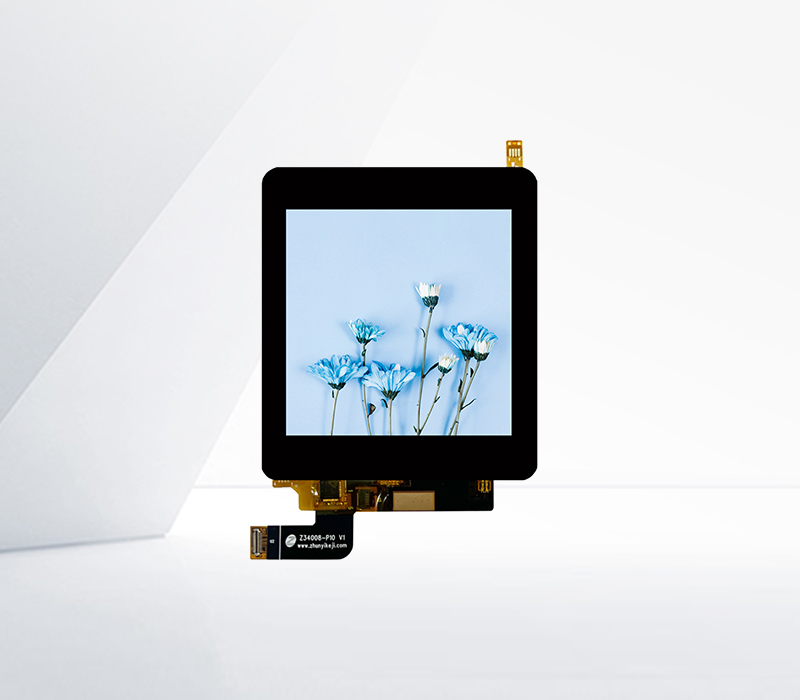




TFT LCD displays rely on various interfaces to transmit data and control signals, each with unique advantages in speed, compatibility, and complexity. Understanding these interfaces—LVDS, eDP, HDMI, MIPI DSI, and VGA—is critical for selecting the right solution for applications ranging from smartphones to industrial monitors.
LVDS (Low-Voltage Differential Signaling) is a legacy standard widely used in mid-sized displays (10–30 inches). It transmits data via differential pairs, reducing electromagnetic interference (EMI) and enabling data rates up to 4.95 Gbps. LVDS supports resolutions up to 4K but is limited by cable length (typically <1m), making it suitable for internal connections in TVs or monitors. Its simplicity—requiring minimal external components—keeps costs low, though it lacks advanced features like power management. LVDS remains popular in industrial equipment due to its reliability in noisy environments.
eDP (Embedded DisplayPort) has replaced LVDS in modern devices, offering higher performance. eDP 1.4 supports data rates up to 22.5 Gbps, enabling 8K resolutions or multiple 4K displays. It integrates power management (e.g., panel self-refresh) to reduce energy use, a key feature in laptops and tablets. eDP uses fewer pins than LVDS, simplifying PCB design, and supports longer cable runs (up to 2m) with reduced EMI. Its compatibility with DisplayPort standards allows seamless integration with GPUs, making it dominant in high-resolution consumer electronics.
HDMI (High-Definition Multimedia Interface) is ubiquitous for external connections. HDMI 2.1 delivers 48 Gbps bandwidth, supporting 8K@60Hz and HDR. Unlike LVDS/eDP, HDMI carries both video and audio, eliminating the need for separate audio cables—ideal for TVs, projectors, and gaming monitors. Its plug-and-play functionality simplifies user setup, though its bulkier connector is less suited for compact devices. HDMI’s widespread adoption across consumer electronics ensures compatibility but adds cost compared to internal interfaces.
MIPI DSI (Mobile Industry Processor Interface Display Serial Interface) dominates mobile devices. DSI uses a serial interface with data rates up to 4 Gbps per lane (4 lanes total), supporting 4K resolutions in smartphones and tablets. Its low power consumption and small connector (10–30 pins) make it ideal for battery-powered devices. MIPI DSI’s scalability—supporting single or dual displays—suits wearables and IoT devices, though it requires specialized controllers, limiting use in non-mobile applications.
VGA (Video Graphics Array) is a legacy analog interface, now largely obsolete in new designs. It supports resolutions up to 1920x1080 but suffers from signal degradation over long distances and lacks digital clarity. VGA persists in legacy industrial equipment due to backward compatibility but is replaced by HDMI or eDP in modern systems.
eDP and LVDS excel in internal, high-resolution connections; HDMI leads in external consumer devices; MIPI DSI dominates mobile; and VGA lingers in legacy systems. Selection depends on resolution, power, form factor, and ecosystem compatibility.
